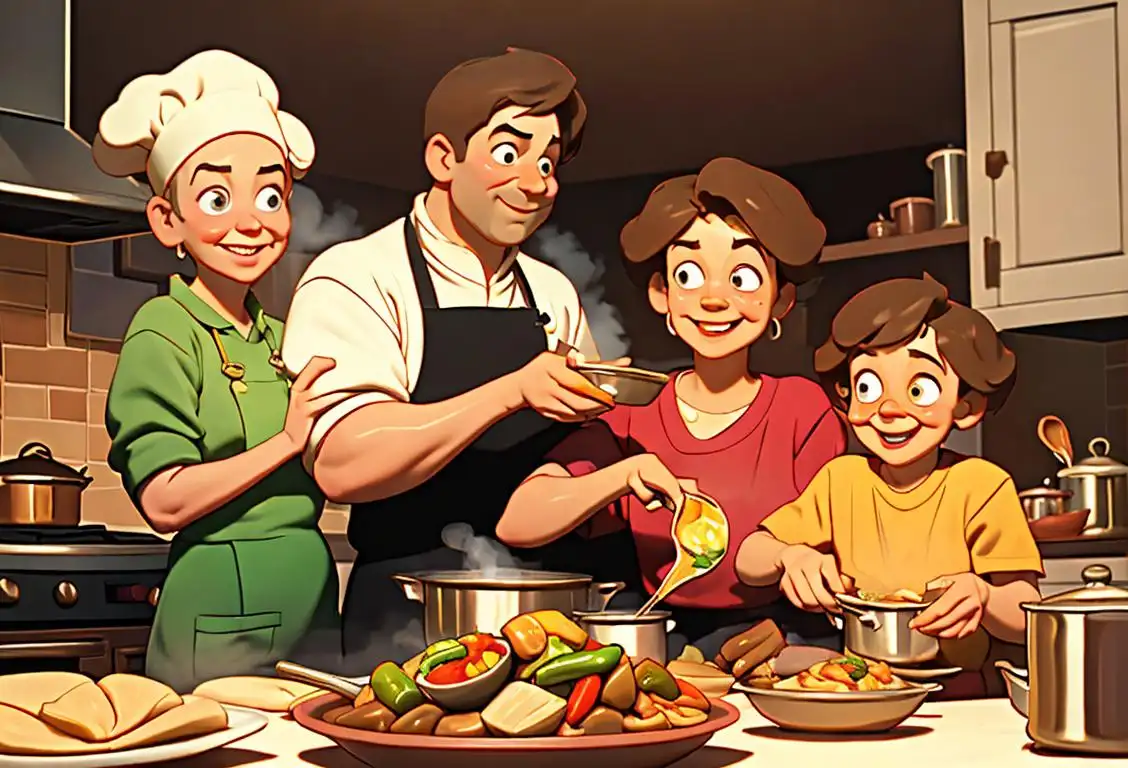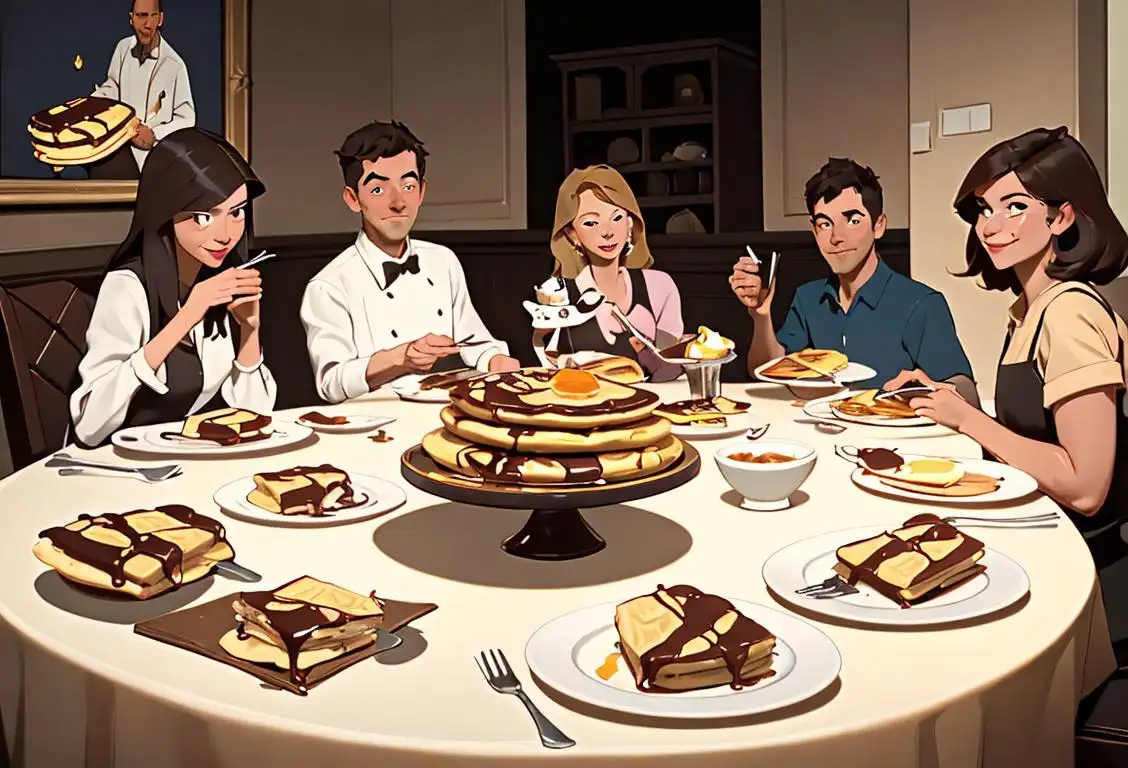National Cocoa Day

Hello, chocolate lovers! Prepare your mugs and marshmallows because we're about to dive into the story behind one of the coziest holidays of the year - National Cocoa Day. It's time for a warm, chocolatey stroll down memory lane, one that is sweeter than a sugar plum fairy's dreams.
When is Cocoa Day?
It's national cocoa day on the 13th December.
History of National Cocoa Day
Despite extensive research, we still haven't found the Swiss Miss responsible for creating National Cocoa Day. Whoever it was, bless their chocolate-craving heart. It's become a day of delight for cocoa enthusiasts around the globe, with our data showing a steamy peak of 4,075 online mentions back on December 13, 2016. National Cocoa Day is observed every year on the 13th of December, perfectly timed for those frost-bitten winter days where nothing seems warmer than a marshmallow-topped mug of hot cocoa.
Why We Love Cocoa
Why not! It's every child's favorite sweet and every adult's guilty pleasure. Not to mention, cocoa has been enjoyed in various forms for thousands of years. Ancient Mayans weren't just good at predicting world endings, they were also the first to enjoy chocolate as a spicy drink.
Celebrate with Cocoa
So, how does one honor such a day? Simple! Wrap your hands around a hot mug of cocoa with loved ones, play marshmallow-toss games for little added sporty fun and maybe even throw a cocoa-themed party complete with chocolate fountains and cocoa-dusted truffles. If you’re feeling especially indulgent, dip in some strawberries or create a cocoa-based cocktail. Just remember, the key ingredient is love (and a lot of chocolate).
History behind the term 'Cocoa'
1502
The Arrival in Europe
In 1502, cocoa made its first appearance in Europe when Christopher Columbus encountered the cocoa bean during his fourth voyage to the Americas. He was introduced to cocoa by the indigenous people of Central America, who used it in their traditional ceremonies.
1528
First Cocoa Plantations
By 1528, cocoa had become popular in Spain, and the first cocoa plantations were established in the New World. Spanish conquistadors began cultivating cocoa trees in Mexico and later in other regions of Central and South America. These plantations laid the foundation for the large-scale production of cocoa.
17th Century
Introduction of Chocolate Houses
During the 17th century, chocolate houses started to appear in Europe. These establishments became gathering places for the elite, where they could indulge in drinking chocolate. The popularity of these chocolate houses led to the establishment of the first chocolate-making factories.
1828
Dutch Cocoa Powder Invention
In 1828, a Dutch chemist named Coenraad Van Houten invented a hydraulic press that could separate cocoa butter from cocoa solids. This process resulted in the creation of cocoa powder, making it easier to produce and use in various culinary applications.
1847
The First Chocolate Bar
In 1847, Joseph Fry, a British chocolatier, discovered a way to mix cocoa powder with cocoa butter and sugar, creating a paste that could be molded into a solid form. This invention led to the production of the first chocolate bar, revolutionizing the way chocolate was consumed.
1879
The Conching Process
In 1879, Swiss chocolatier Rodolphe Lindt invented the conching process, which involved continuously grinding and kneading chocolate to create a smoother, silkier texture. This innovation greatly enhanced the quality and taste of chocolate, making it even more popular.
Late 19th Century
Mass Production and Industrialization
During the late 19th century, chocolate production was industrialized, allowing for mass production and lower costs. This made chocolate more accessible to people of all social classes and further increased its popularity.
20th Century
Chocolate's Worldwide Influence
In the 20th century, chocolate became a global phenomenon, with various countries developing their own unique chocolate traditions and flavors. Chocolate bars, truffles, hot cocoa, and other chocolate-based products have become beloved treats enjoyed by people around the world.
21st Century
Cocoa Sustainability and Artisanal Chocolate
In recent years, there has been a growing focus on cocoa sustainability and the production of artisanal chocolate. Efforts have been made to support farmers, promote fair trade practices, and ensure the long-term viability of cocoa production. Artisanal chocolate makers are also gaining recognition for their craftsmanship and dedication to preserving the traditional techniques of chocolate making.
Did you know?
Did you know that cocoa beans were once so valuable, they were used as a form of currency in Mesoamerica?Tagged
food fun loved ones family chocolate cocoaFirst identified
12th December 2015Most mentioned on
13th December 2016Total mentions
4075Other days
Cocoa Day
Gumbo Day
Snickers Day
Redneck Kissing Cousins Day
Cheese Pizza Day
Guac Day
Bacon Day
Medal Of Honor Day
Biscuit Day
Pumpkin Day







